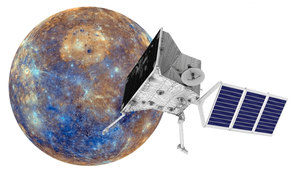If products and systems are expected to work together in the modern-day world, they must operate according to a set of common standards - and space systems are no exception. The bodies responsible for European standardisation in this field are CEN, the European Committee for Standardization, and CENELEC, the European Committee for Electrotechnical Standardization. They prepare voluntary standards, which help facilitate trade between countries, create new markets, cut compliance costs and support the development of a Single European Market. ROOM talks to Britta Schade, Head of the European Space Agency’s Product Assurance & Safety Department at ESTEC, about the increasingly important topic of space applications and standardisation.
How are space applications making our lives better?
Space applications have become an essential part of the European infrastructure and today provide key services for Europe’s citizens. In the domain of navigation, for example, space-based infrastructure is providing unprecedented accuracy and coverage, serving all forms of terrestrial and airborne logistics.
Meanwhile, space-based Earth observation facilitates accurate weather forecasts and better models of the Earth’s ecosystem to manage climate change. Moreover, it is a significant part of our safety and logistics systems.














